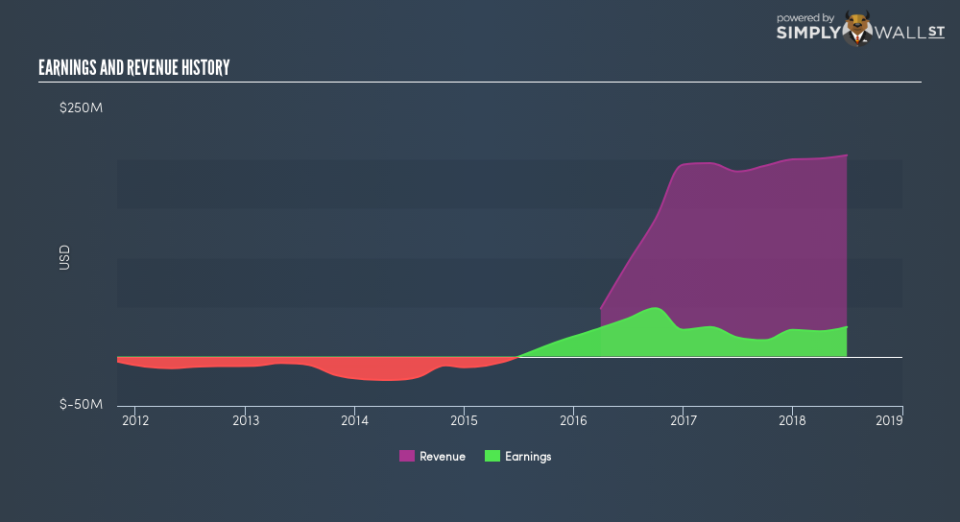How Does Guyana Goldfields Inc (TSE:GUY) Affect Your Portfolio Returns?

If you own shares in Guyana Goldfields Inc (TSE:GUY) then it’s worth thinking about how it contributes to the volatility of your portfolio, overall. In finance, Beta is a measure of volatility. Volatility is considered to be a measure of risk in modern finance theory. Investors may think of volatility as falling into two main categories. First, we have company specific volatility, which is the price gyrations of an individual stock. Holding at least 8 stocks can reduce this kind of risk across a portfolio. The other type, which cannot be diversified away, is the volatility of the entire market. Every stock in the market is exposed to this volatility, which is linked to the fact that stocks prices are correlated in an efficient market.
Some stocks see their prices move in concert with the market. Others tend towards stronger, gentler or unrelated price movements. Beta is a widely used metric to measure a stock’s exposure to market risk (volatility). Before we go on, it’s worth noting that Warren Buffett pointed out in his 2014 letter to shareholders that ‘volatility is far from synonymous with risk.’ Having said that, beta can still be rather useful. The first thing to understand about beta is that the beta of the overall market is one. A stock with a beta below one is either less volatile than the market, or more volatile but not corellated with the overall market. In comparison a stock with a beta of over one tends to be move in a similar direction to the market in the long term, but with greater changes in price.
See our latest analysis for Guyana Goldfields
What we can learn from GUY’s beta value
Looking at the last five years, Guyana Goldfields has a beta of 1.79. The fact that this is well above 1 indicates that its share price movements have shown sensitivity to overall market volatility. If this beta value holds true in the future, Guyana Goldfields shares are likely to rise more than the market when the market is going up, but fall faster when the market is going down. Beta is worth considering, but it’s also important to consider whether Guyana Goldfields is growing earnings and revenue. You can take a look for yourself, below.
How does GUY’s size impact its beta?
Guyana Goldfields is a noticeably small company, with a market capitalisation of CA$522.1m. Most companies this size are not always actively traded. Relatively few investors can influence the price of a smaller company, compared to a large company. This could explain the high beta value, in this case.
What this means for you:
Since Guyana Goldfields tends to moves up when the market is going up, and down when it’s going down, potential investors may wish to reflect on the overall market, when considering the stock. In order to fully understand whether GUY is a good investment for you, we also need to consider important company-specific fundamentals such as Guyana Goldfields’s financial health and performance track record. I highly recommend you dive deeper by considering the following:
Future Outlook: What are well-informed industry analysts predicting for GUY’s future growth? Take a look at our free research report of analyst consensus for GUY’s outlook.
Past Track Record: Has GUY been consistently performing well irrespective of the ups and downs in the market? Go into more detail in the past performance analysis and take a look at the free visual representations of GUY’s historicals for more clarity.
Other Interesting Stocks: It’s worth checking to see how GUY measures up against other companies on valuation. You could start with this free list of prospective options.
To help readers see past the short term volatility of the financial market, we aim to bring you a long-term focused research analysis purely driven by fundamental data. Note that our analysis does not factor in the latest price-sensitive company announcements.
The author is an independent contributor and at the time of publication had no position in the stocks mentioned. For errors that warrant correction please contact the editor at editorial-team@simplywallst.com.

